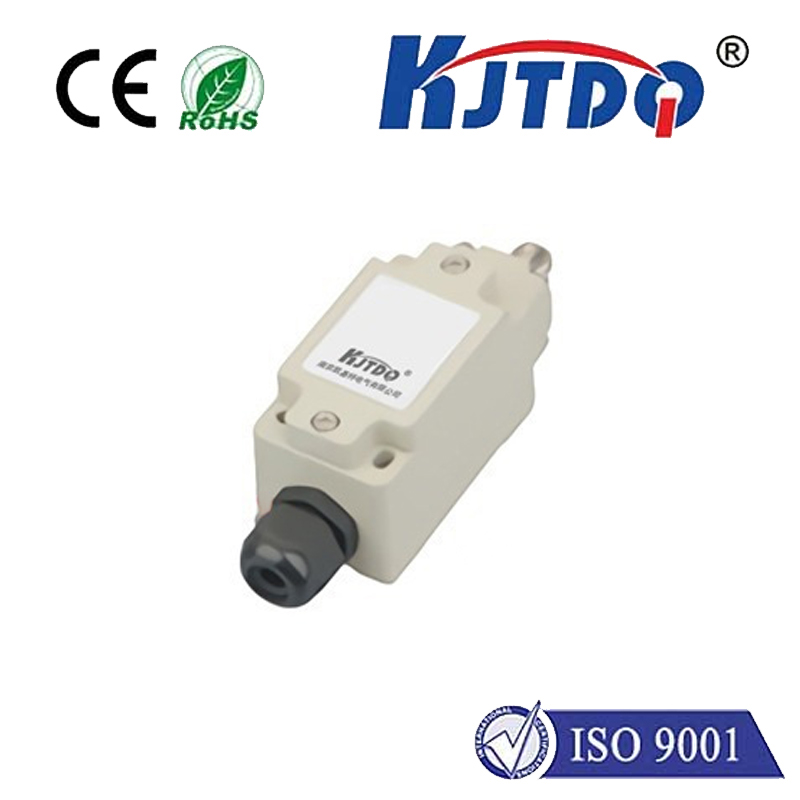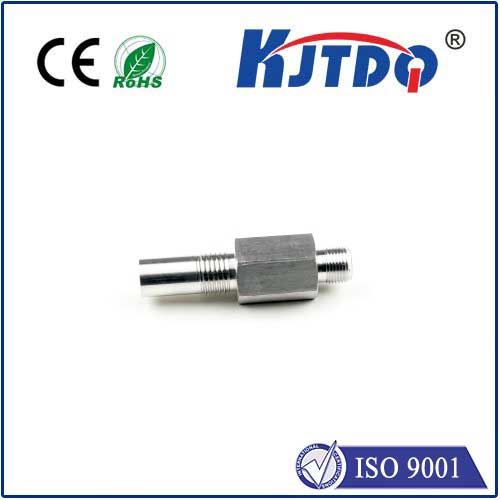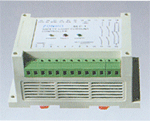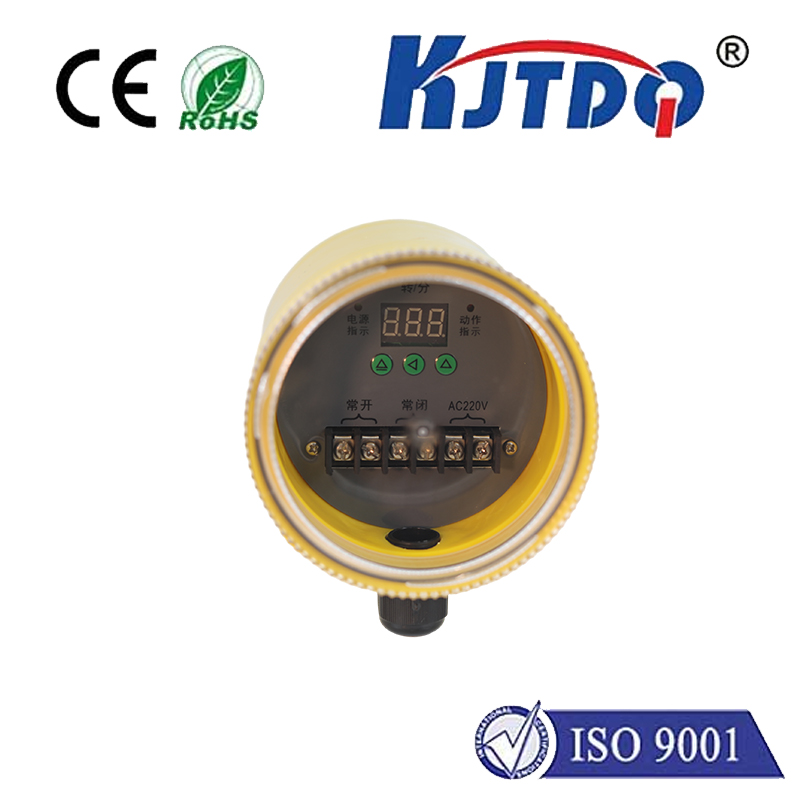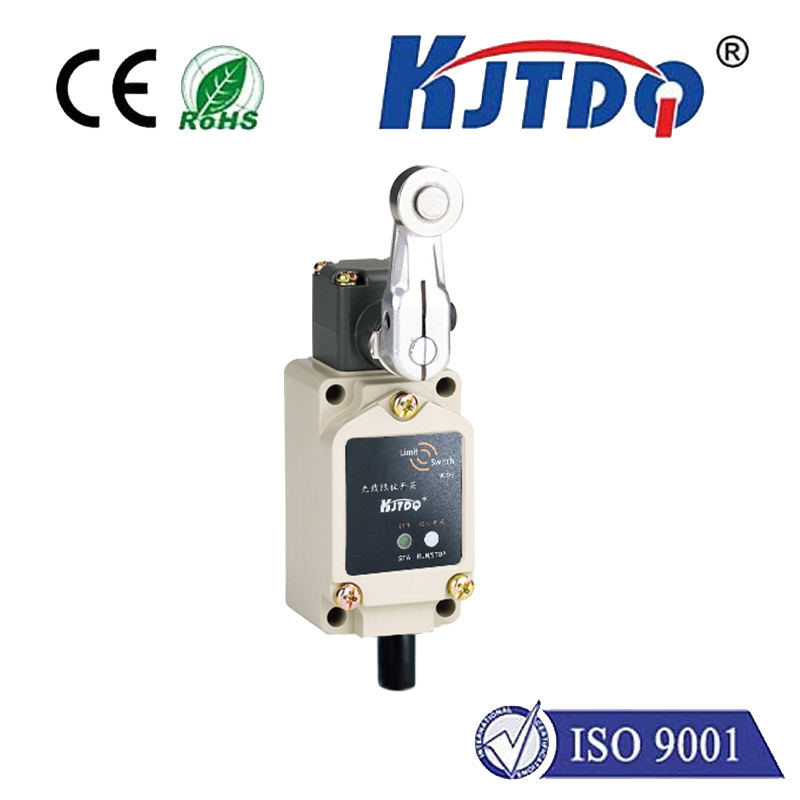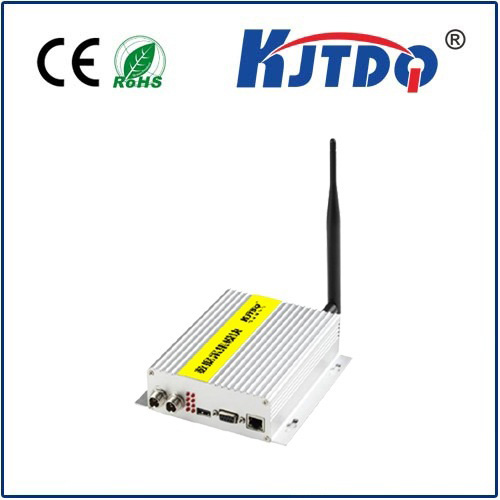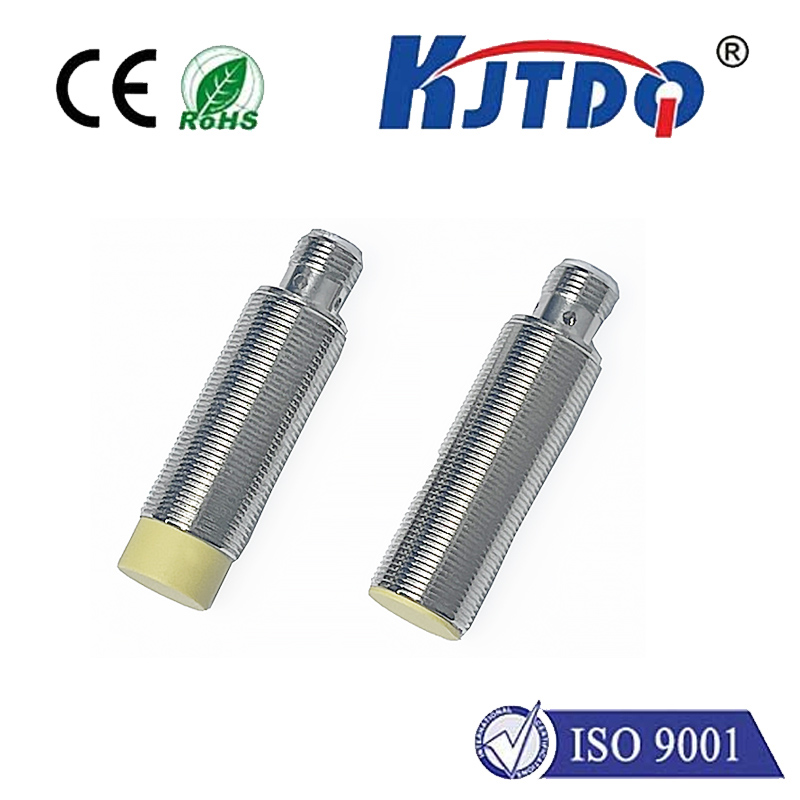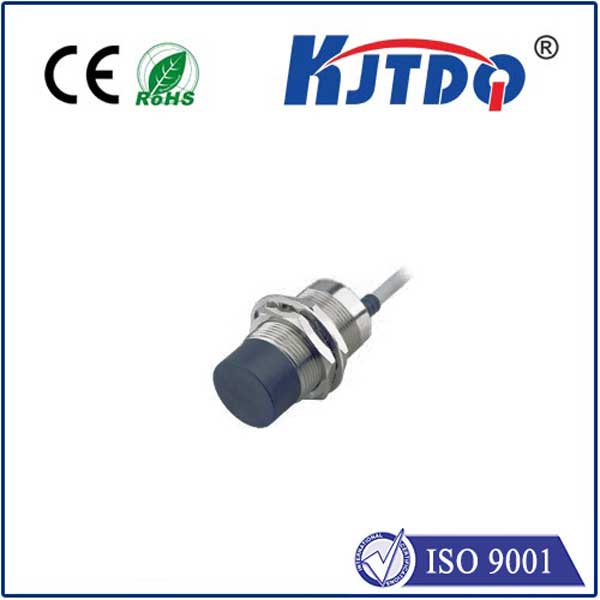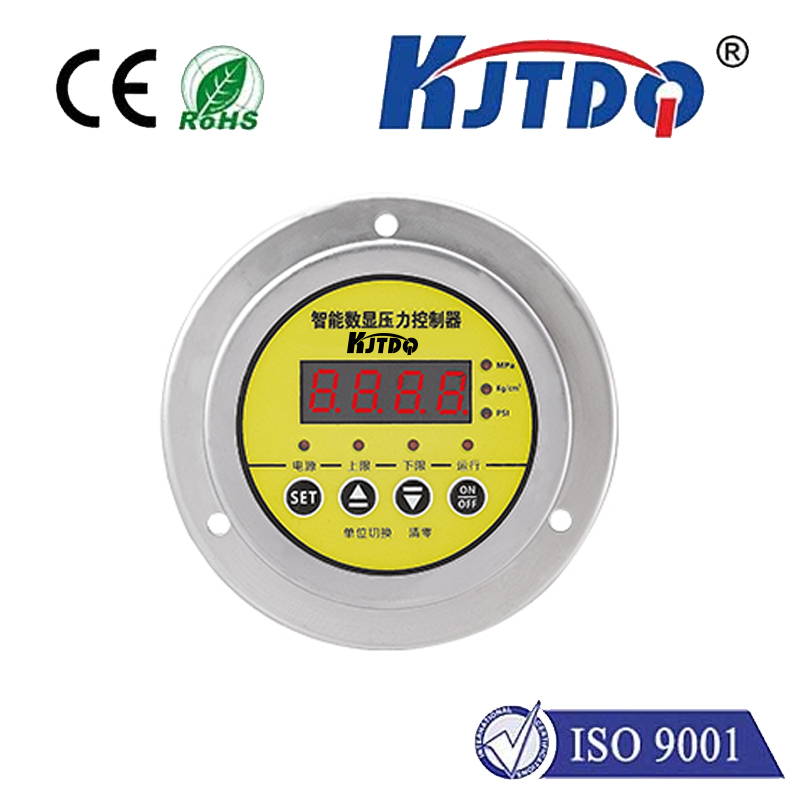high pressure proximity sensor
- time:2024-10-22 02:41:30
- Click:0

Title: Unveiling the High Pressure Proximity Sensor: A Key Innovation in Industrial Sensing Technology
Introduction
In the ever-evolving realm of industrial automation, the development and integration of advanced sensing technologies have become paramount. One such innovation that stands out is the high pressure proximity sensor. This sophisticated device has significantly enhanced the capabilities of numerous industrial applications by providing precise measurements under extreme conditions. In this article, we will delve into the details of how a high pressure proximity sensor works, its significance in various industries, and the benefits it brings to industrial processes.
Understanding High Pressure Proximity Sensors
A high pressure proximity sensor is an electronic device designed to detect the presence or absence of an object without any physical contact. It achieves this by using electromagnetic fields or ultrasonic waves to measure the distance between itself and another object. Unlike other types of sensors, high pressure proximity sensors are specifically engineered to withstand extreme pressures, making them ideal for use in challenging environments such as oil rigs, manufacturing plants, and automotive testing facilities.
The functionality of a high pressure proximity sensor lies in its ability to generate an electrical signal when it comes into close proximity with a conductive material. This signal is then processed by the sensor’s internal circuitry to determine the exact distance between the sensor and the target object. The main components of a high pressure proximity sensor include a sensing element, a control unit, and a connector for interfacing with external systems.
Significance in Industrial Applications
The implementation of high pressure proximity sensors has revolutionized various industrial sectors by enabling more accurate, reliable, and efficient operations. Some of the primary industries benefiting from these advanced sensors include:
- Oil & Gas: In the oil and gas industry, high pressure proximity sensors play a crucial role in monitoring wellhead pressures, controlling valve positions, and detecting leaks or blockages in pipelines. Their ability to withstand extreme pressures ensures uninterrupted monitoring even in the most demanding environments.
- Manufacturing: High pressure proximity sensors are widely used in manufacturing processes to improve product quality and reduce downtime. They are employed in applications such as parts localization, robotic arm guidance, and automated assembly lines, where their precision and durability are essential for optimal performance.
- Automotive Testing: In the automotive industry, high pressure proximity sensors are utilized during vehicle crash tests to measure forces exerted on various components under high-stress conditions. This data helps manufacturers design safer vehicles and improve occupant protection features.
Benefits of High Pressure Proximity Sensors
The adoption of high pressure proximity sensors in industrial settings offers several advantages over traditional sensing technologies:
- Enhanced Accuracy: High pressure proximity sensors provide highly accurate measurements, allowing for better process control and improved产品质量.
- Increased Reliability: These sensors are built to withstand harsh environments, ensuring consistent performance and reducing maintenance costs associated with frequent replacements or repairs.
- Versatility: With their ability to operate under extreme pressures, high pressure proximity sensors can be used in a wide range of applications, making them a valuable asset for various industries.
- Safety: By providing real-time monitoring and early detection of potential issues, high pressure proximity sensors help prevent accidents and minimize risks in hazardous workplaces.
Conclusion
As industrial automation continues to advance, the role of high pressure proximity sensors in enhancing process efficiency, safety, and product quality cannot be overstated. Their ability to function effectively under extreme conditions sets them apart from other sensing technologies, making them indispensable tools for industries worldwide. As businesses seek innovative solutions to stay competitive in today’s fast-paced market, investing in high pressure proximity sensors may very well be the key to unlocking new levels of operational excellence and success.





